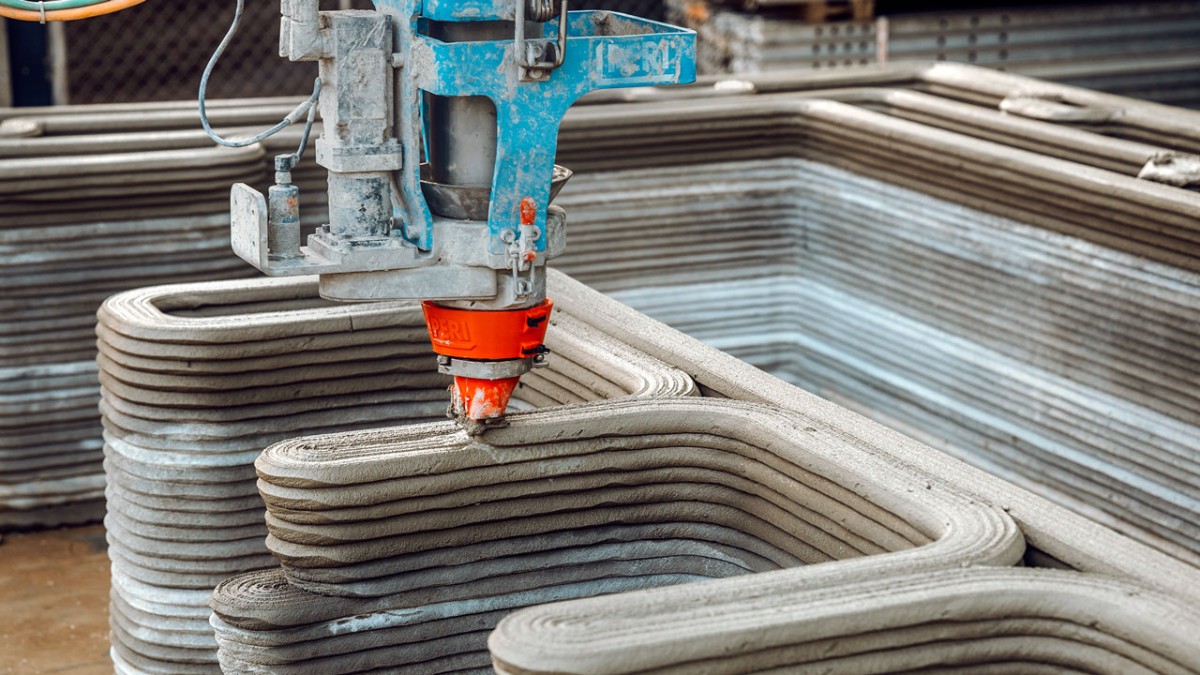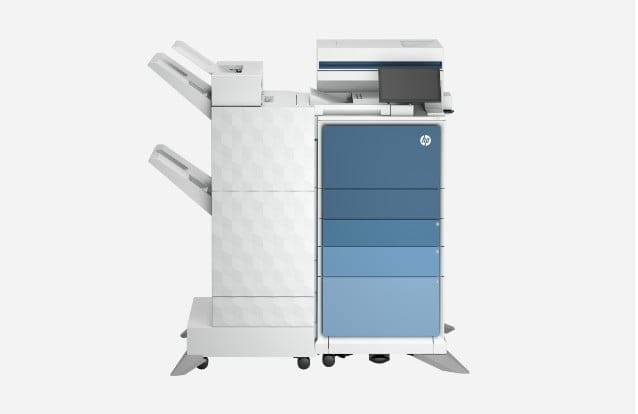In the realm of materials science, PLA (Polylactic Acid) has emerged as a revolutionary substance with diverse applications across various industries. This blog post delves into the depths of PLA materials, unraveling their composition, properties, applications, and environmental impact. Join us on this journey as we explore the multifaceted nature of PLA and its significance in today's world.
- Understanding PLA Materials:
PLA materials are a type of biodegradable thermoplastic derived from renewable resources, such as corn starch or sugarcane. Their molecular structure imparts unique characteristics, including high strength, versatility, and biocompatibility. PLA can be processed into various forms, such as filaments for 3D printing, films, fibers, and packaging materials. - Properties and Advantages of PLA:
PLA exhibits a remarkable combination of properties that contribute to its widespread adoption. These include:
a. Biodegradability: PLA materials are compostable and break down into harmless components under specific conditions, reducing environmental impact.
b. Mechanical Strength: Despite being biodegradable, PLA possesses excellent mechanical properties, making it suitable for a wide range of applications.
c. Transparency and Gloss: PLA films and packaging materials offer exceptional clarity, making them ideal for showcasing products.
d. Heat Resistance: PLA can withstand moderate temperatures, making it suitable for applications requiring thermal stability.
e. Biocompatibility: PLA's biocompatible nature enables its use in medical implants, drug delivery systems, and tissue engineering.
- Applications of PLA Materials:
PLA materials find applications in numerous industries, revolutionizing traditional practices and offering sustainable alternatives. Some notable applications include:
a. 3D Printing: PLA filaments have gained popularity in the 3D printing community due to their ease of use, low toxicity, and biodegradability.
b. Packaging: PLA films and containers provide an eco-friendly alternative to conventional plastic packaging, reducing waste and environmental pollution.
c. Textiles: PLA fibers can be blended with other materials to create sustainable fabrics for clothing, upholstery, and industrial applications.
d. Medical Field: PLA's biocompatibility makes it suitable for medical devices, surgical sutures, drug delivery systems, and tissue engineering scaffolds.
e. Agriculture: PLA-based mulch films offer biodegradable alternatives to traditional plastic films, reducing soil pollution and simplifying post-harvest cleanup.
- Environmental Impact and Sustainability:
PLA materials have gained recognition for their positive environmental footprint. As they are derived from renewable resources and biodegradable, they contribute to reducing reliance on fossil fuels and mitigating plastic waste. However, it's important to consider the entire life cycle of PLA, including production, disposal, and recycling, to ensure optimal sustainability.
Conclusion:
PLA materials have revolutionized industries by offering sustainable alternatives to traditional materials. Their unique properties, versatility, and biodegradability make them a valuable asset in the pursuit of a greener future. As we continue to explore and innovate with PLA, we unlock its full potential across various sectors, paving the way for a more sustainable and environmentally conscious world.



